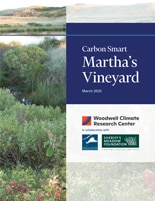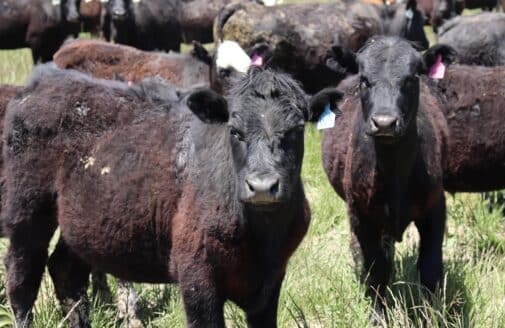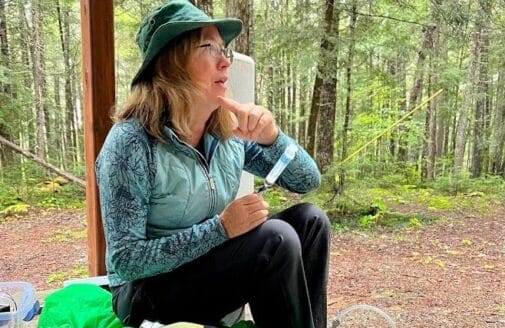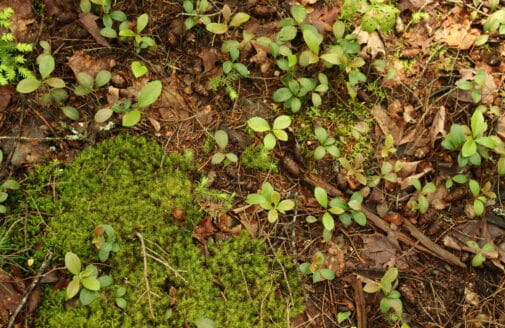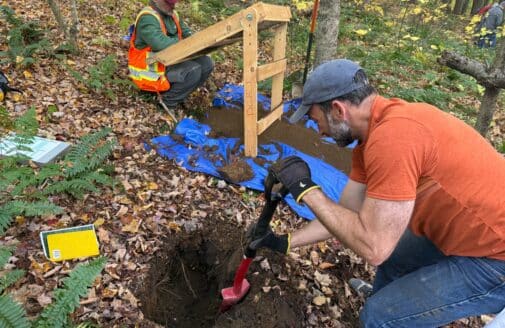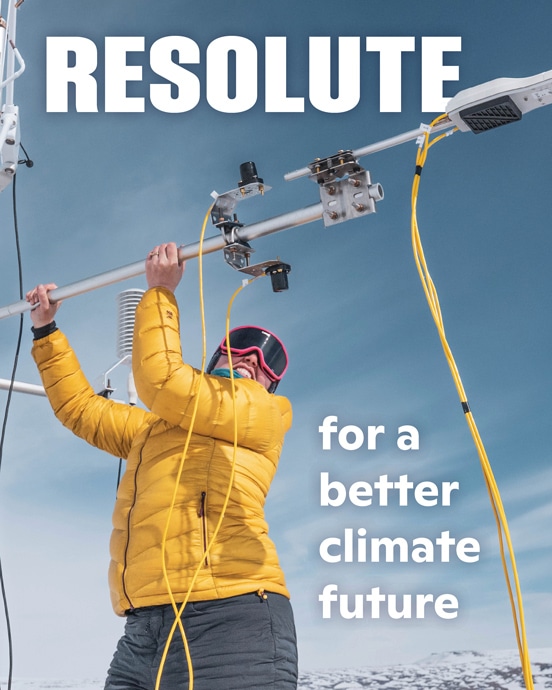Carbon Smart MV
final report
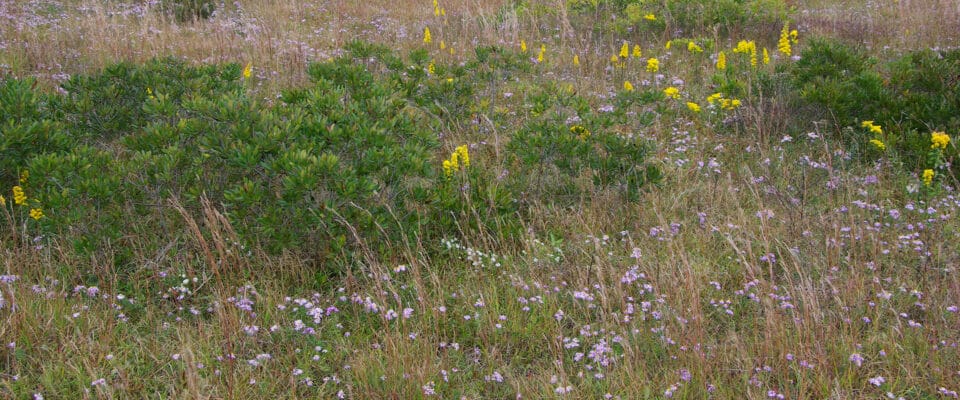
In collaboration with
Executive summary
Martha’s Vineyard presents an opportunity to implement Nature-based Climate Solutions (NbCS) to enhance carbon storage and mitigate climate change. This report, developed by Woodwell Climate Research Center in collaboration with the Martha’s Vineyard Commission Climate Action Taskforce and Sheriff’s Meadow Foundation, evaluates Martha’s Vineyard’s existing carbon stocks, potential sequestration opportunities, potential land management strategies, and tradeoffs between enhancing carbon storage and conserving biodiversity.
Key findings include:
- Carbon storage | Martha’s Vineyard ecosystems store approximately 2.9 million metric tons of carbon (MMtC) in vegetation and soils. This is equivalent to about 39 years of Island-wide emissions from fossil fuels. Forests and wetlands hold the highest carbon densities. Oak woodlands store 31% of the Island’s carbon.
- Sequestration potential | The Island sequesters approximately 13,000 tC annually, primarily through forest growth. Moraine forests exhibit the highest carbon accumulation rates but lower-stature forests on the outwash plain also sequester substantial amounts of carbon because of their large area.
- Land management tradeoffs | Although reforestation and expansion of forest cover on existing shrublands and grasslands would enhance carbon storage, such changes would threaten the Island’s regionally significant biodiversity that occurs in these open habitats.
Strategies to promote carbon storage include prioritizing forest conservation, promoting tree plantings in residential areas, and implementing regenerative agricultural practices to increase soil carbon.
Prioritizing carbon storage on relatively small areas of existing grasslands, shrublands, and heathlands would reduce the diversity of plant and animal species that are concentrated in these areas.




